Anyone who owns a Sony Alpha 6000, and Alpha 6300 or an Alpha 6500 for some time has certainly been waiting for good lenses with high light output that are not set so high at price, but nevertheless, deliver very good quality.
Sigma already had very good and affordable ART lenses for Sony E-Mount cameras, but they had “only” an open aperture of 2.8. The new Contemporary and Art lenses for APS-C cameras, currently consisting of a wide-angle Sigma 16mm F1.4 DC DN, a normal lens Sigma 30mm F1.4 DC DN and a light telephoto lens Sigma 56mm F1.4 DC DN have an aperture of F1.4.
And this opens up completely new possibilities with the small Sony APS-C or Micro Four Thirds cameras from Olympus and Panasonic.
The Sigma 16mm F1.4 DC DN is a fast wide-angle lens from the Contemporary product line with a fixed focal length of 16mm. Converted to full format, this means 24 mm for Sony APS-C system cameras and 32 mm for Micro Four Thirds system cameras. It has a high luminous intensity of F1.4, a stepper motor for the autofocus and is protected against dust and splash water.
Can you say that this is the perfect wide-angle lens for APS-C or MFT system cameras? Um, not exactly. There are a few points that aren’t perfect, but overall it’s very close.
It should also be mentioned that Sigma’s Contemporary product line is not the top line. This is also reflected in the price. And whether this wide-angle lens is also top for you depends of course on your areas of application. As a portrait lens it is for example only conditionally to be used.
| Product designation | 16mm F1.4 DC DN | Contemporary |
| Purpose of use | Landscape, Available Light, Architecture |
| Lens characteristics | DC, DN, IF, ASP |
| Camera connection | Micro Four Thirds, Sony E-Mount |
| Focal length | 16 mm |
| Luminous intensity/aperture | F 1.4 – 16 |
| Closest focusing distance | 25 cm |
| Filter diameter | 67 mm |
| Dimensions (mm) | approx. 72,2 x 92,3 mm |
| Weight | 405 g |
| Splash-proof | yes |
| Optical stabilization | no |
| Price | ca. 380$ |
The application range of the Sigma 16mm F1.4
Basically, a wide-angle lens is primarily intended for landscape and architectural photos. The brighter the lens, the better it works in difficult lighting conditions. However, this does not mean that a fast wide-angle lens cannot also be used for full-body portraits.
Landscape photography with the Sigma 16mm F1.4
Landscape photography is the area I actually bought this lens for. I often travel in the mountains, trying to be on top at sunset to photograph the panorama in the best light. Most of the time, it works. In winter, however, it can happen that we are not up until the blue hour. Here only a fast lens or a tripod can help. Since the latter is sometimes a bit awkward for me, I often prefer the first variant. And I don’t have much time to take pictures, because we have to go down again.
With my Sony Alpha 6500, 16 mm focal length is sometimes a bit too little to capture a large mountain panorama, but these cases are rather rare for me. When there’s enough light, I put my Sony SEL1018 ultra-wide-angle lens on top of the camera. Otherwise, I take several photos, which I then combine into a panorama. The result is a high-resolution 50MP+ photo ?
Architecture with the Sigma 16mm F1.4
The Sigma 16mm F1.4 is perfect for architectural night photos. Aim at the motive and click, out of your hand. During the day, I also use my Sony SEL1018. But the ultra-wide-angle distorts at a certain wide-angle, and that bothers me. Architectures are often photographed from below, and at 10mm the distortion at the edge is so strong that I usually leave it. Sometimes I go back a few steps, if possible, and then put the Sigma lens on it.
Group photos with the Sigma 16mm F1.4
The Sigma 16mm F1.4 is also ideal for group photos. It has the perfect focal length to get a little closer to the group. Especially in the morning and evening hours, when the light is nice and soft, you can take perfect photos with it. Somewhat dimmed, for example at aperture 1.8 or 2.0, you even get sharply focused subjects.

With group photos, however, you should not position people at the edge of the image. These are otherwise stretched. It is better to absorb a little more of the surrounding area and cut it afterward.
Portraits with the Sigma 16mm F1.4
For full body or partial body portraits, it also does a good job. Especially if new effects and other perspectives are to be tested, it is really recommendable. For face portraits rather less. Wide-angle lenses make objects or areas that are in the foreground appear large. With faces, it makes no exception and lets the nose seem bigger for example. An effect that is not necessarily desired.
Indoor Photography with the Sigma 16mm F1.4
This lens is excellent for dark indoor photos too. In museums, in clubs, at parties, at concerts, etc. you will have a lot of fun with this lens. Especially if you take pictures in RAW, you can still get a lot out of it in after editing. But, this lens is not stabilized and it can lead to blurred photos. An InBody stabilization like that of the Sony Alpha 6500 or the Olympus cameras is good support.
Product photography with the Sigma 16mm F1.4
In product photography, especially for larger products like vehicles, the Sigma 16mm F1.4 is also very good and really sharp at aperture F8.0. For small products, the wide-angle effect could be counterproductive. Depending on what is to be suggested with the product. But you can achieve special, unique effects with this lens. For example, an extreme size ratio between a foreground motive and a background motive.
Features of the Sigma 16mm F1.4
First of all: I am not a pixel counter and do not test in the lab. I am more interested in the general result, the handling, ergonomics. I check available laboratory tests before every purchase to filter them out in advance.
The sharpness is excellent at aperture 8.0, but open bleeding will cause blurring at the edge of the image.
With an open aperture of 1.4, most lenses, especially in this price range, are not very sharp at the edge of the image. The Sigma 16mm F1.4 is no exception.
But at the high aperture, the background is blurred anyway and it doesn’t bother me personally. My motives are relatively central with an open aperture in the picture, or in the golden cut, and blurred edges do not strike me at all :/
But at aperture 8.0 it produces a very sharp image.
The (Auto-) focus is convincing
The focus of the Sigma 16mm F1.4 is slightly different. During manual focusing, it is translated electrically on a stepper motor and is therefore not a mechanical focus. It takes a little getting used to at first.
The autofocus works very well when taking pictures. When it comes to video, however, it sometimes doesn’t fit as perfectly as Sony lenses, but it’s still very good and fast.

No stabilization, not ideal for filming without In-Camera Stabilizer
Video recording with a Sony a6000, a6200, a6300, a6400, a6600 and a Sigma 16mm F1.4 is not recommended. It’s jerky. Sure you can still stabilize in the post-processing, but that’s time-consuming.
With a Sony Alpha 6500 or a gimbal, the lens is extremely good and the focal length fits for many purposes. The lens is also very good for vlog videos because it beautifully frees up the subject at aperture 1.4. You just can’t get too close to avoid an extremely large face in the video.
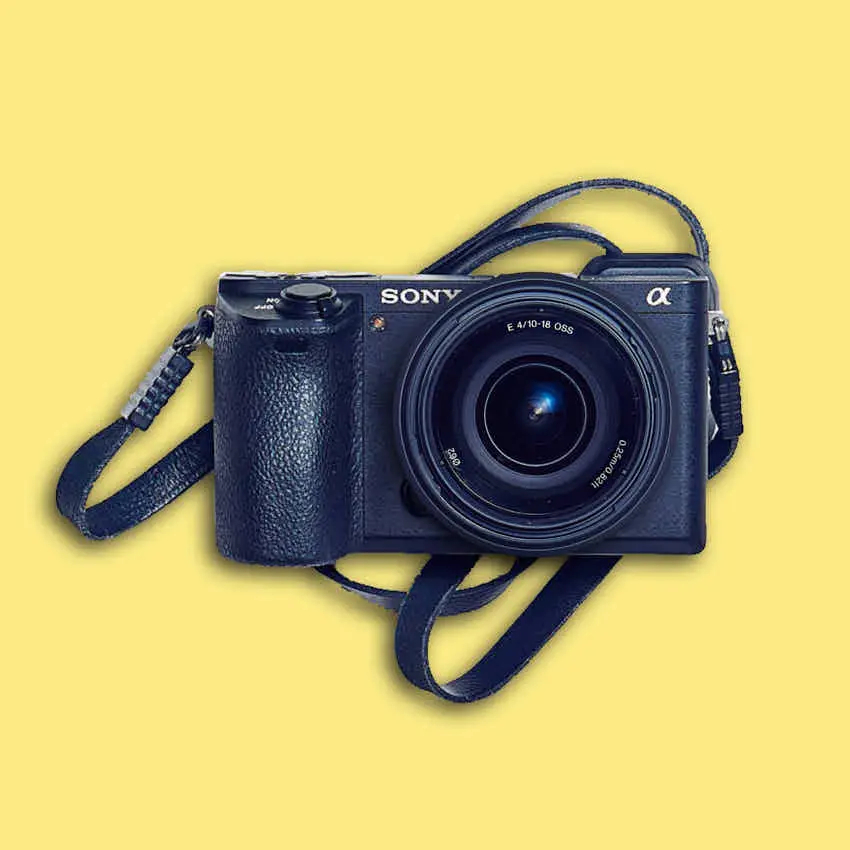
Sony Alpha 6600
Good size and weight on the Sigma 16mm F1.4
The Sigma 16mm F1.4 is not small and with a weight of 400g also not the lightest. But no wonder, it has 16 elements in 13 groups. Sony 16 F2.8, on the other hand, has only 5 elements in 5 groups. On a Sony Alpha 6000 system camera or larger, however, the lens fits very well in terms of size and balance. For smaller cameras like Olympus Pen-F, it is a bit big.
The front filter thread of 67mm is very common, filters are not very expensive.
Dust and splash water, not obvious
In the price range, many lenses are not protected against dust and splash water. Sigma makes an exception here which is especially helpful for outdoor use. In general, I don’t handle the photographic equipment very squeamishly, for me it has to endure a lot. So I attach importance to the fact that the parts which are used a lot also outside are dust and splash water protected.
I use this lens often in the mountains, in snow and rain. So far I can’t report anything negative. If you want to know more about “Protecting your camera from sand and dust” then have a look at my special article.
Alternatives to the Sigma 16mm F1.4:
The Sigma 16 mm F1.4 is certainly not unrivaled. Especially for MFT system cameras, there are very good lenses from Olympus and Panasonic in this area. For Sony APS-C system cameras, on the other hand, I don’t think there are any big alternatives. I count the Sony 10-18 as a complement and less as a competitor.
Sigma 16mm F1.4 vs Samyang 12mm F2.0
The Samyang 12 mm F2.0 is especially well known in the astrophotography scene. It is the perfect focal length for it and is very sharp. The exposure time of 27.7 seconds with the Samyang lens is also better than 20.8 seconds with the Sigma before the stars start to look like lines (this depends on the focal length: 17mm to 12mm). This value is also obtained by dividing 500 by the focal length. However, the Samyang is a manual lens, which means that it is rather unsuitable for fast video recordings or even photos.
The Sigma 16 mm F1.4 is faster and is equipped with autofocus. For normal landscape or architectural photos, the 16mm seems to record less distortion because this focal length is closer to the 35mm standard.
Sigma also performs better when photographing directly in the sun or the solar star. Since the Sigma 16 mm doesn’t cost much more than the Samyang, I would recommend it to beginners rather than a manual lens. If, on the other hand, the main purpose is on astrophotography then Samyang is much better. Manual focusing in this area is necessary anyway.
Sigma 16mm F1.4 vs Sigma 19mm F2.8
The difference between these two lenses is clearly in the focal length and in the light intensity. The Sigma 16mm F1.4 is almost twice as expensive as the Sigma 19mm F2.8.
It is also much sharper and brighter. Therefore the Sigma 16 is absolutely my recommendation here. The 19 mm may make sense if you want to use it with an underwater housing for underwater photography. As it is much smaller there is probably more choice of cases.
Sigma 16mm F1.4 vs Sony 16mm F2.8
Those who need a very small wide-angle lens and a good light intensity will find what they are looking for a Sony. For about 250€ the Sony 16mm F2.8 is relatively cheap and brings a decent quality.
However, the Sigma 16 mm is clearly sharper, has more contrast, and is brighter than the Sony. If you are looking for quality and want to spend a little more money, you should go for Sigma. You can see a complete report with sample pictures here.
Sigma 16mm F1.4 vs Olympus 17mm F1.8
The Sigma 16 mm F1.4 is much bigger and heavier than the Olympus 17 mm F1.8, but it is a bit cheaper and has a higher luminous intensity. Qualitatively these two lenses do not differ very much. They have almost the same focal length, the autofocus is similar.
If you absolutely need a smaller lens, you can access Olympus 17 mm otherwise the Sigma 16 mm is more recommendable.
Sigma 16mm F1.4 vs Olympus 17mm F1.2
Those who own an Olympus or Panasonic camera can, of course, buy the Olympus 17 mm F1.2. An aperture of 1.2 in the wide-angle range is great cinema. I tested this lens myself for a long time and it really impressed me.
But the Olympus lens costs three times as much as the Sigma lens. It is even much more expensive than a Sony Alpha 6000 Kit + Sigma 16mm F1.4. But if you have the money, go for the Olympus lens ? – great lens!
Sigma 16mm F1.4 vs Panasonic 15mm F1.7
The Panasonic 15mm F1.7 is a lot smaller and lighter than the Sigma 16mm F1.4. But it is about 100€ more expensive and should take much sharper photos in the wheel area with an open aperture.
Not an easy decision to make. Panasonic users are probably more likely to use the Panasonic 15mm.
Conclusion
The Sigma 16mm F1.4 is an absolute must for landscape or architectural photographers taking pictures with a Sony APS-C system camera. It is not perfect but has an excellent price-performance ratio. On a stabilized camera, it is also highly recommended for videos.
Besides my two zoom lenses Sony 10-18 F4 and Sony 18-105 F4, I like to use this lens very often.

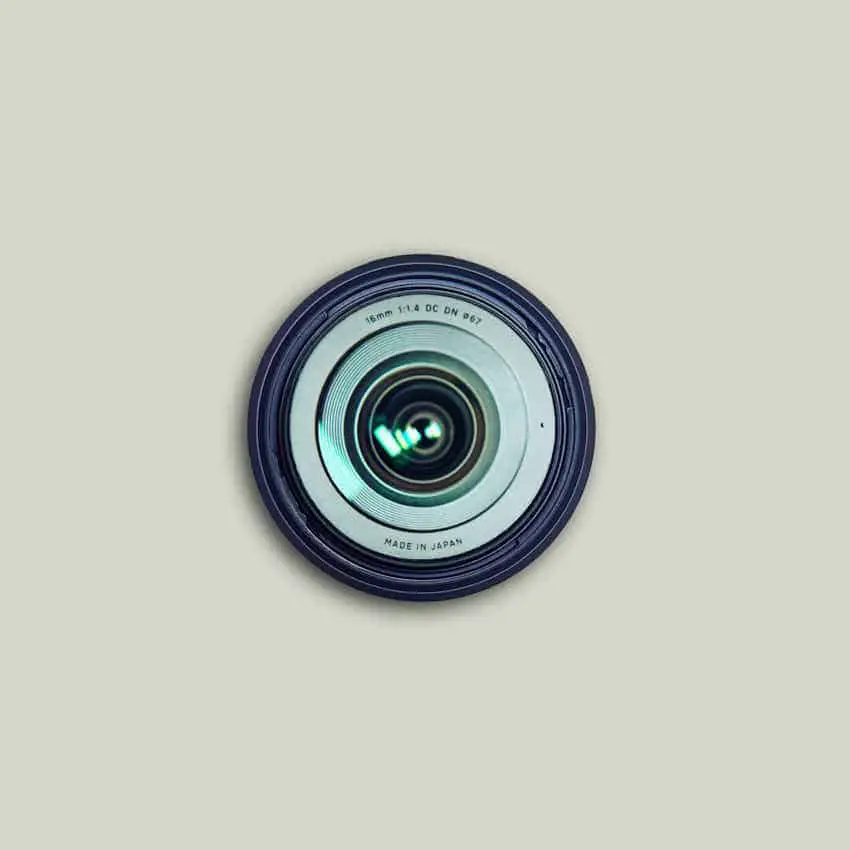

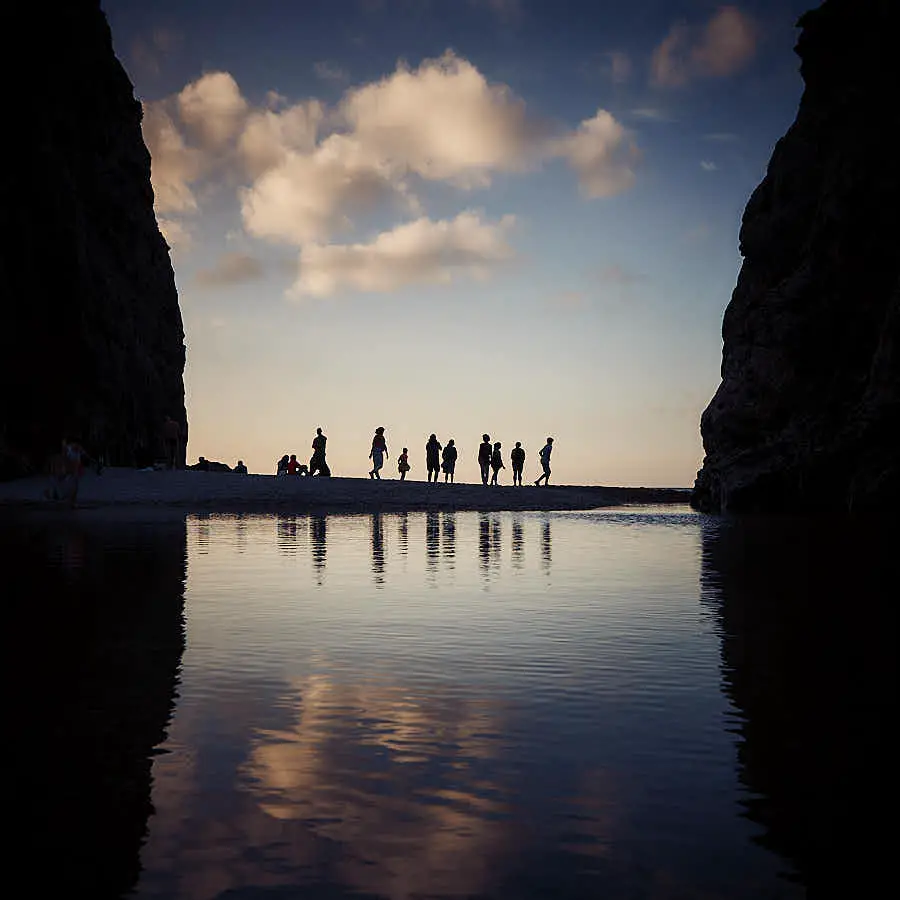
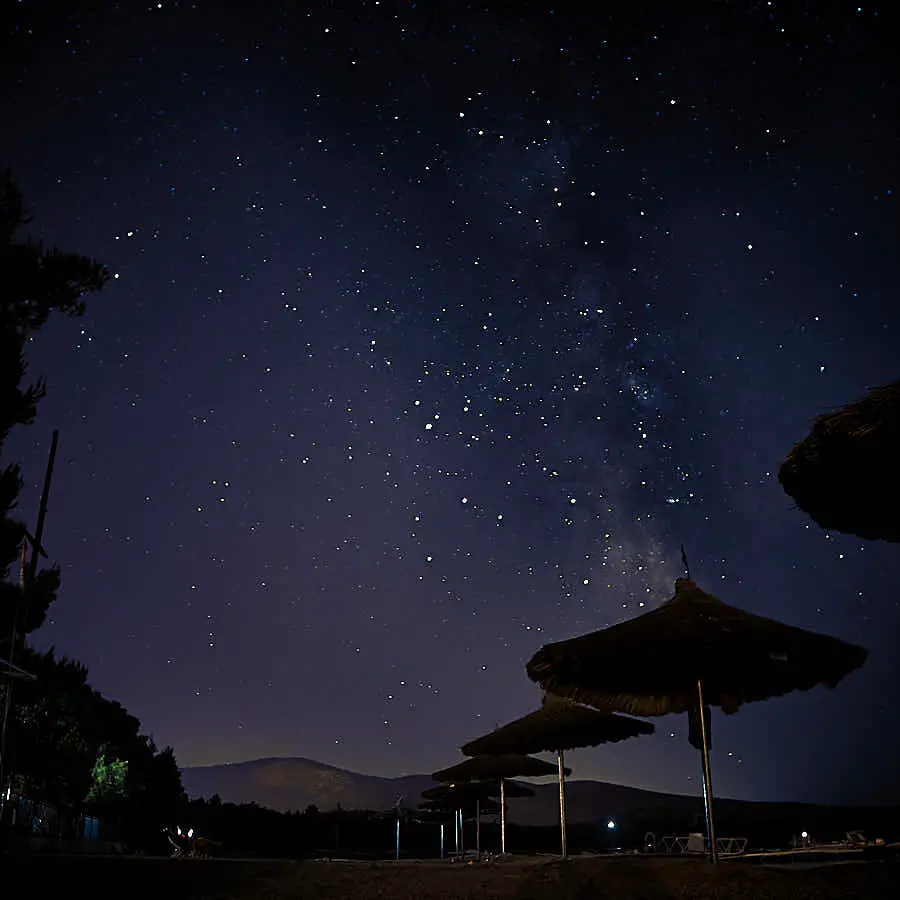
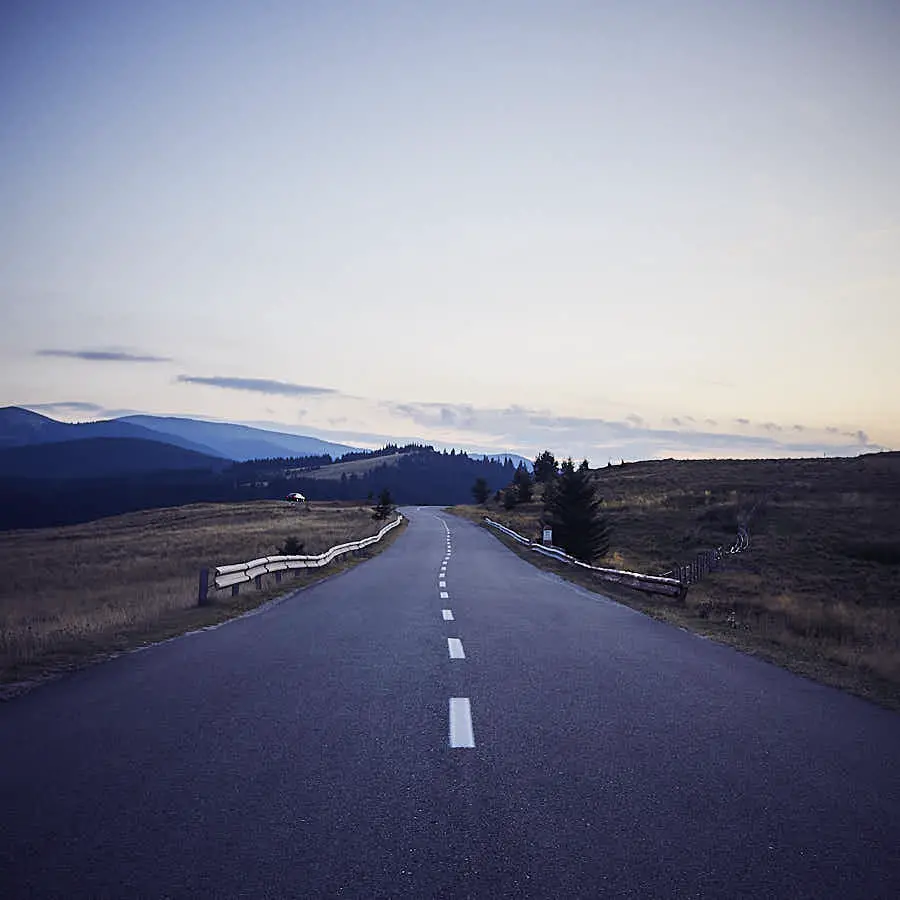
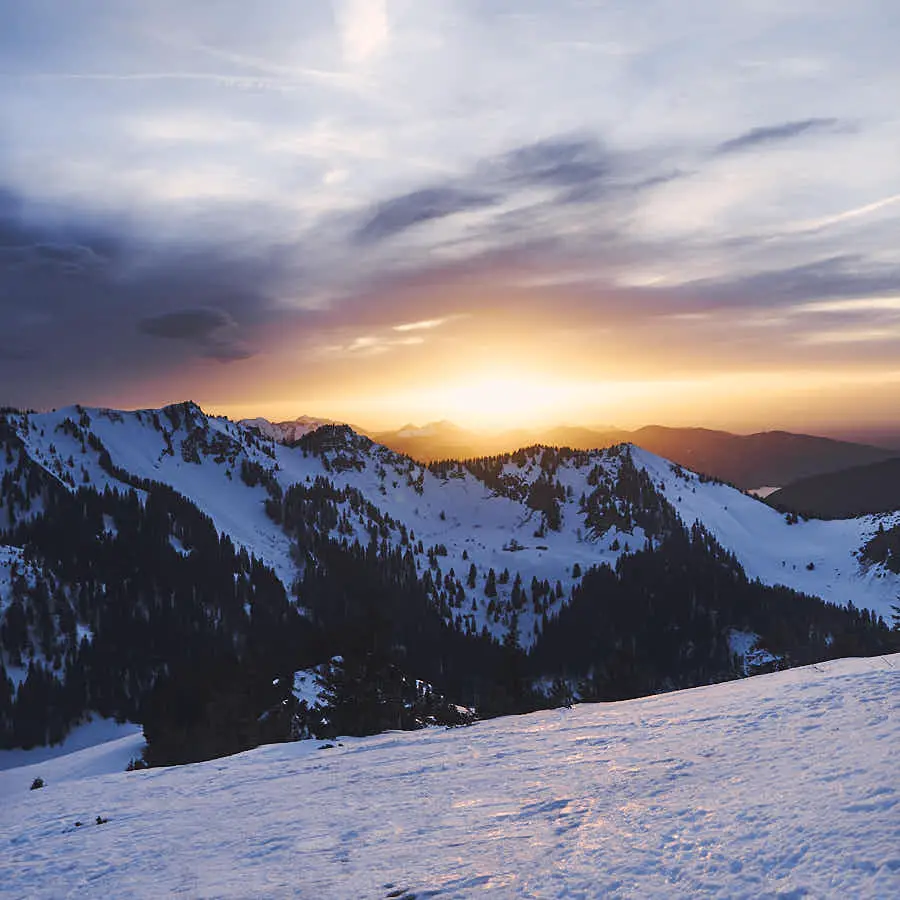
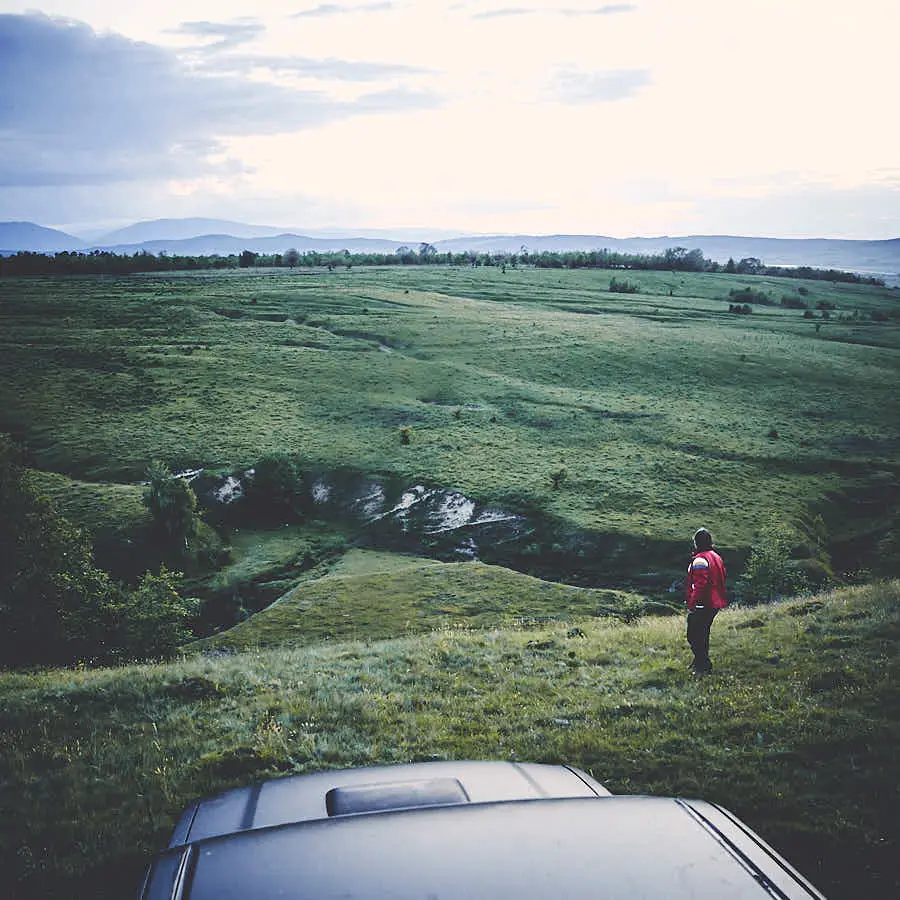
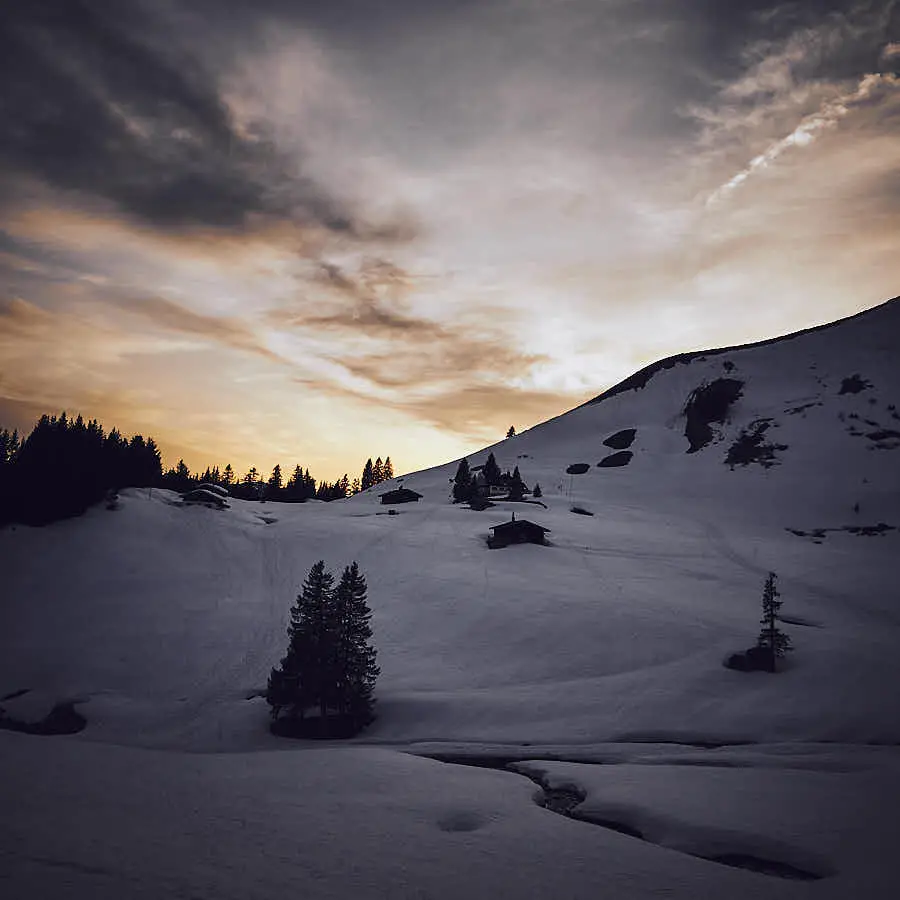
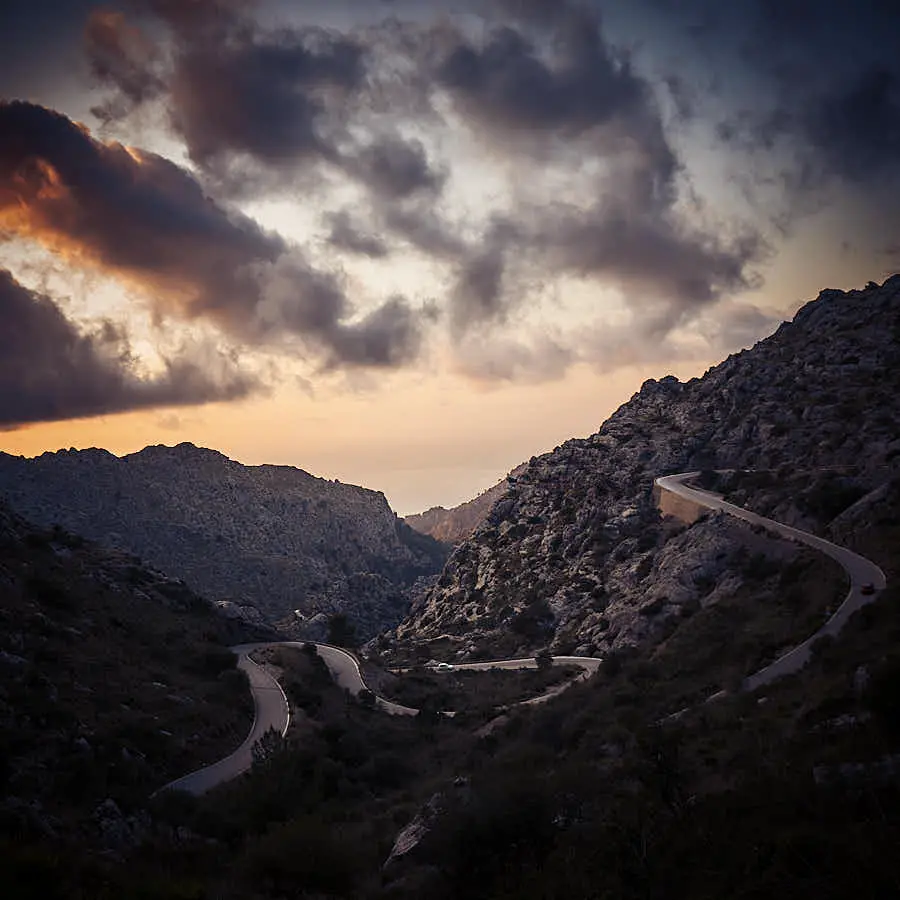
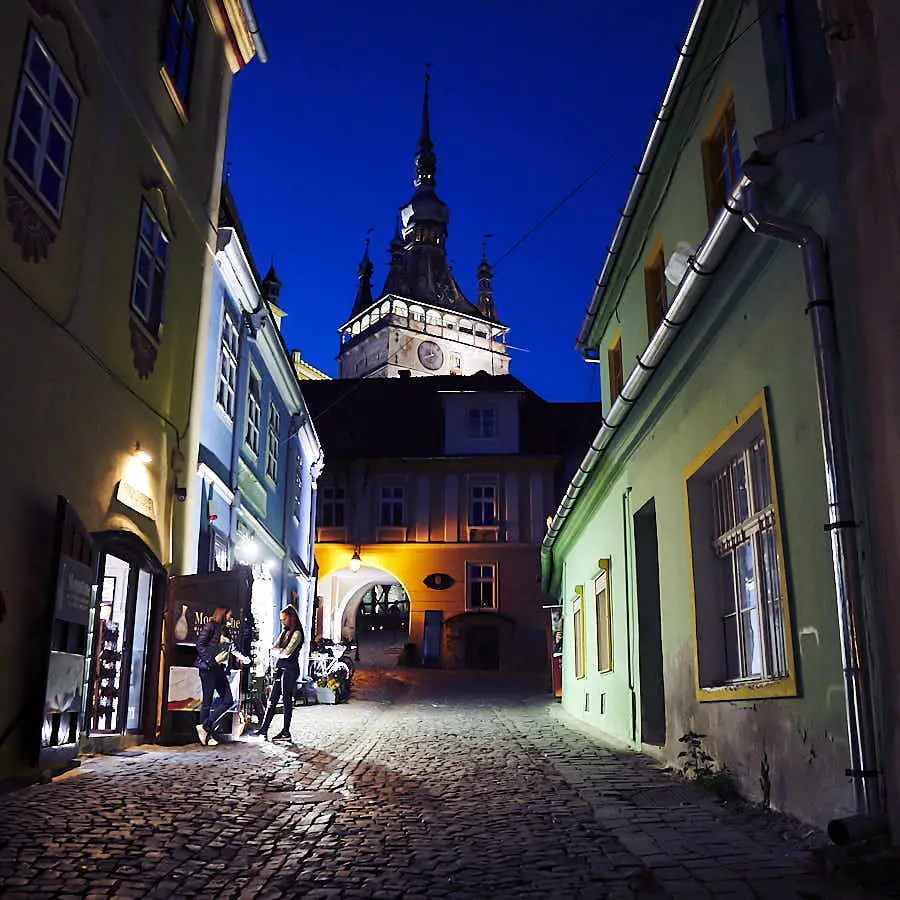
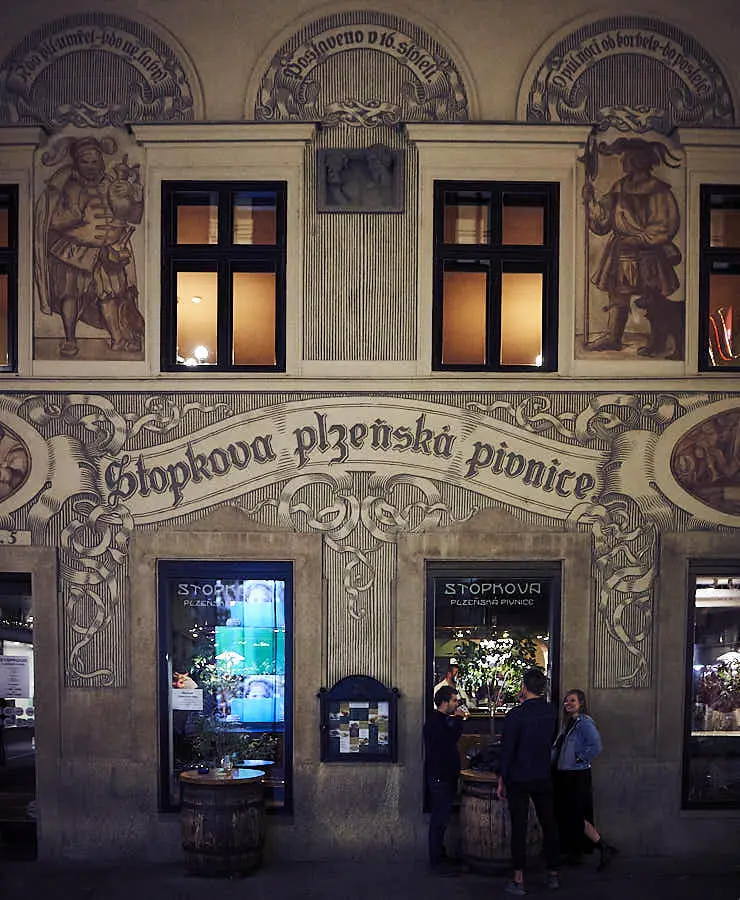
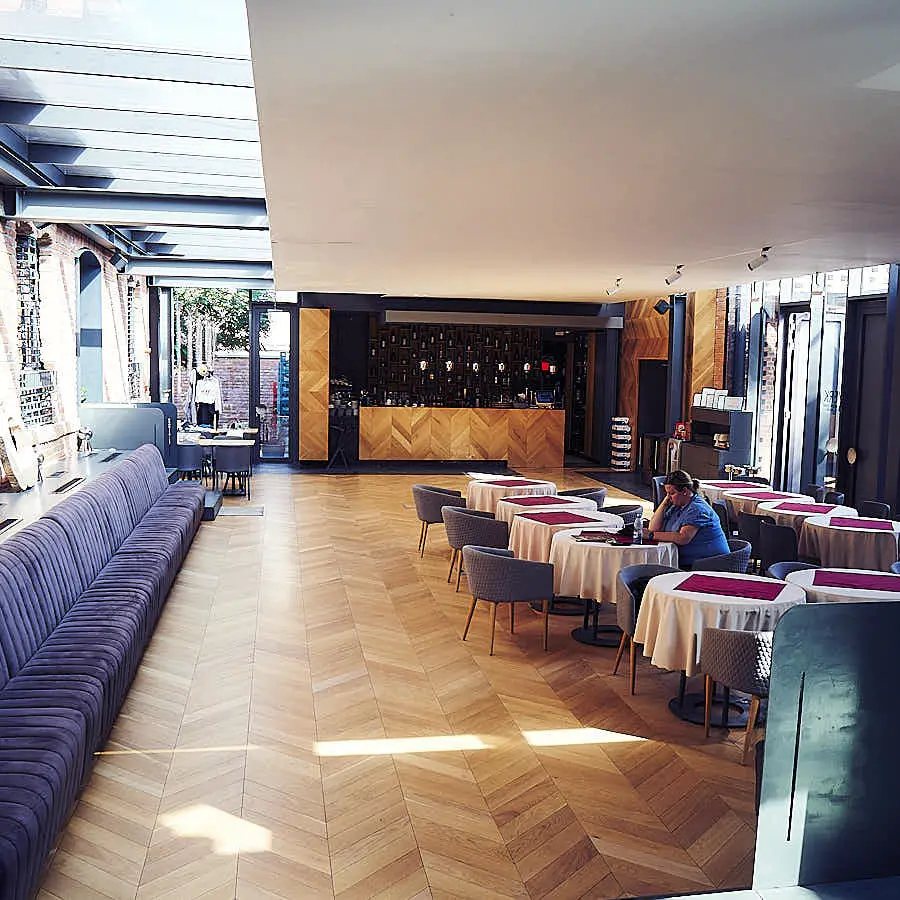
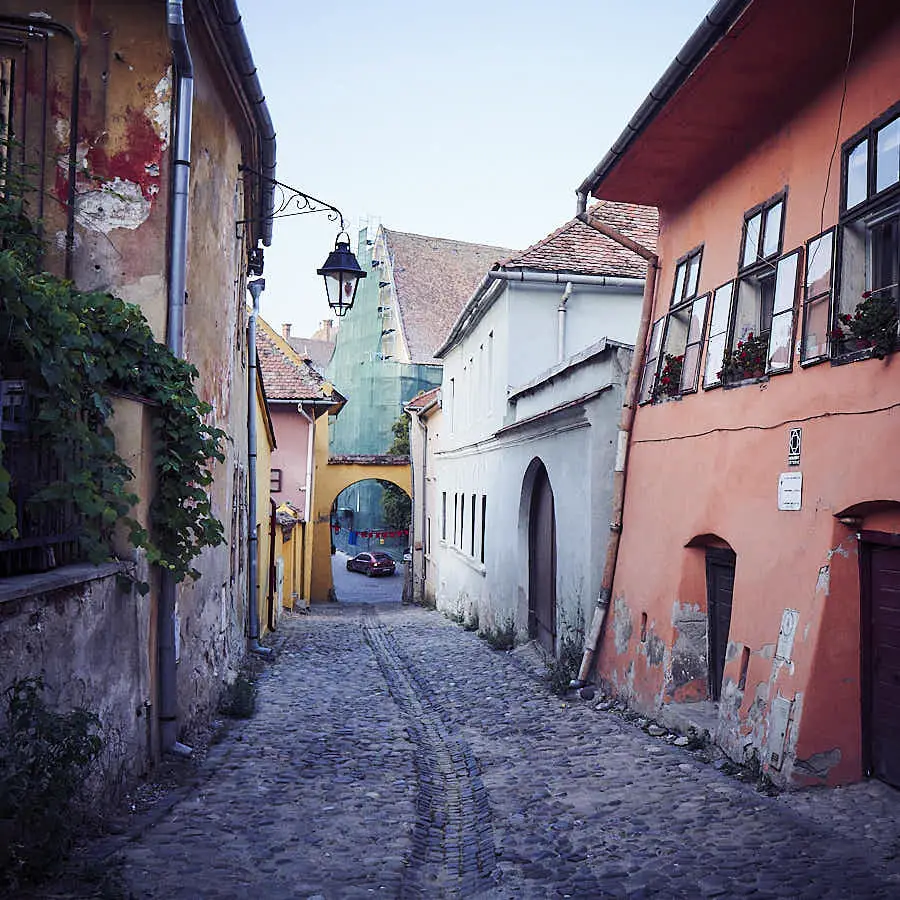
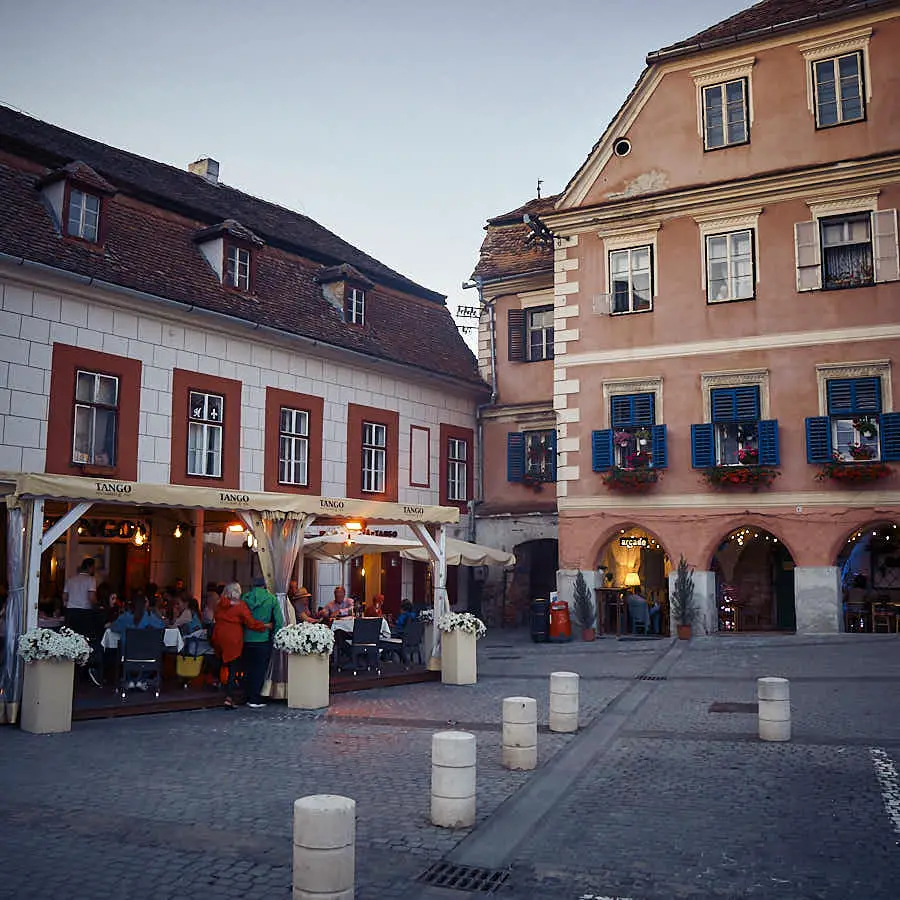
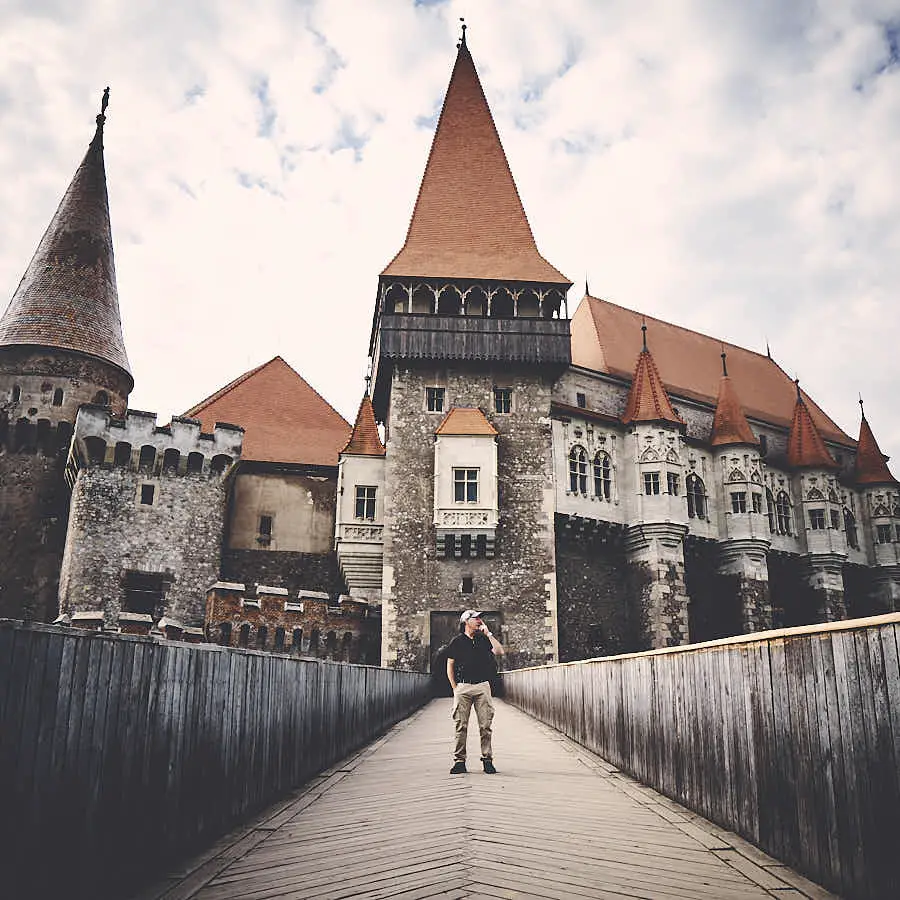
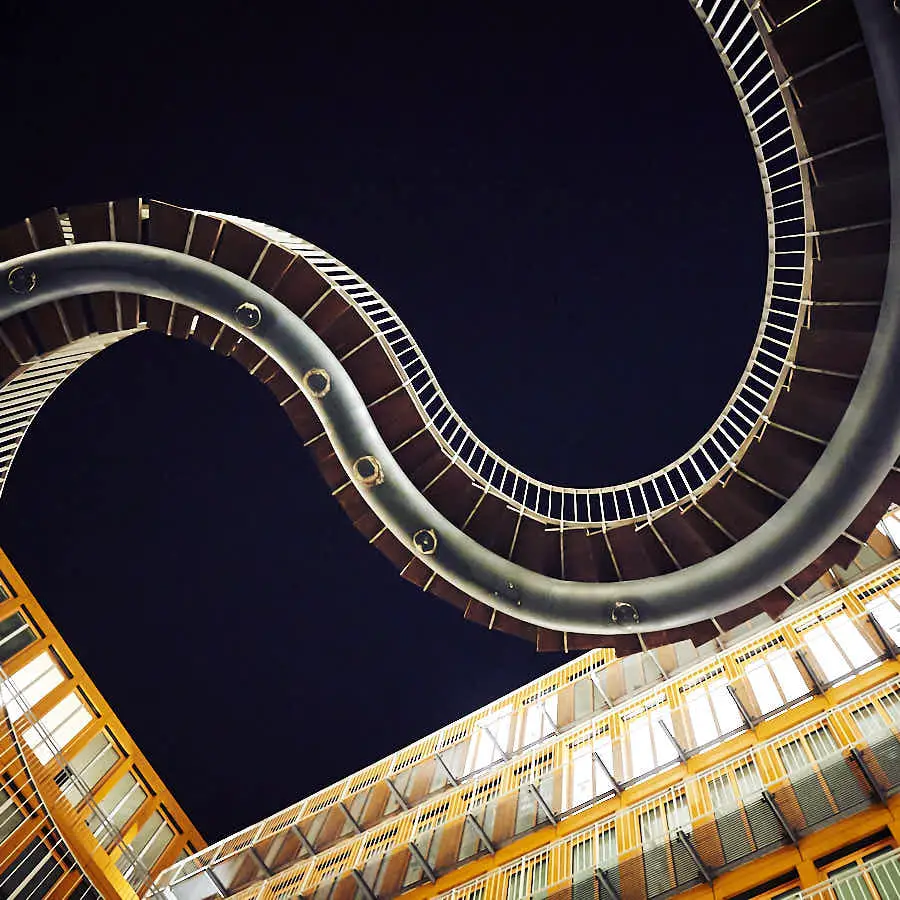
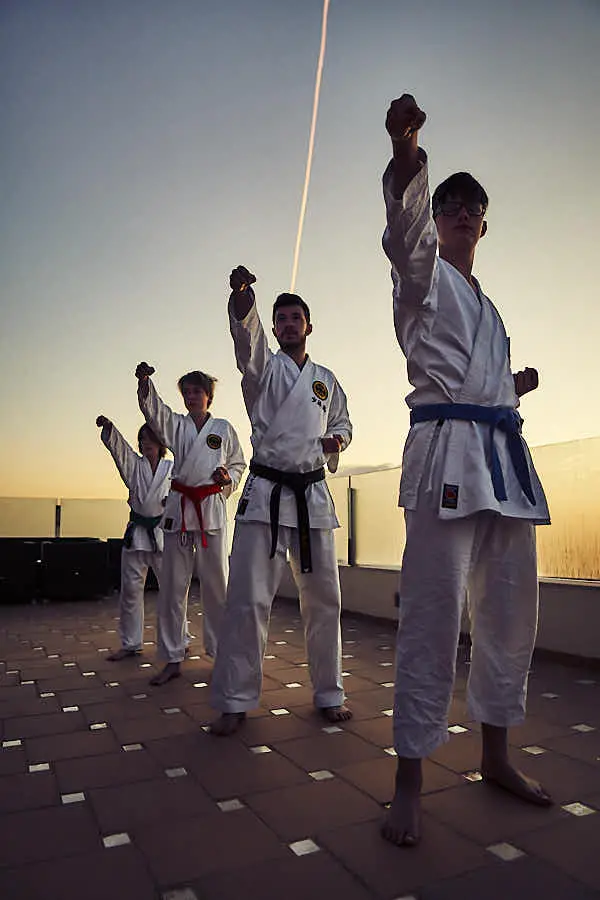
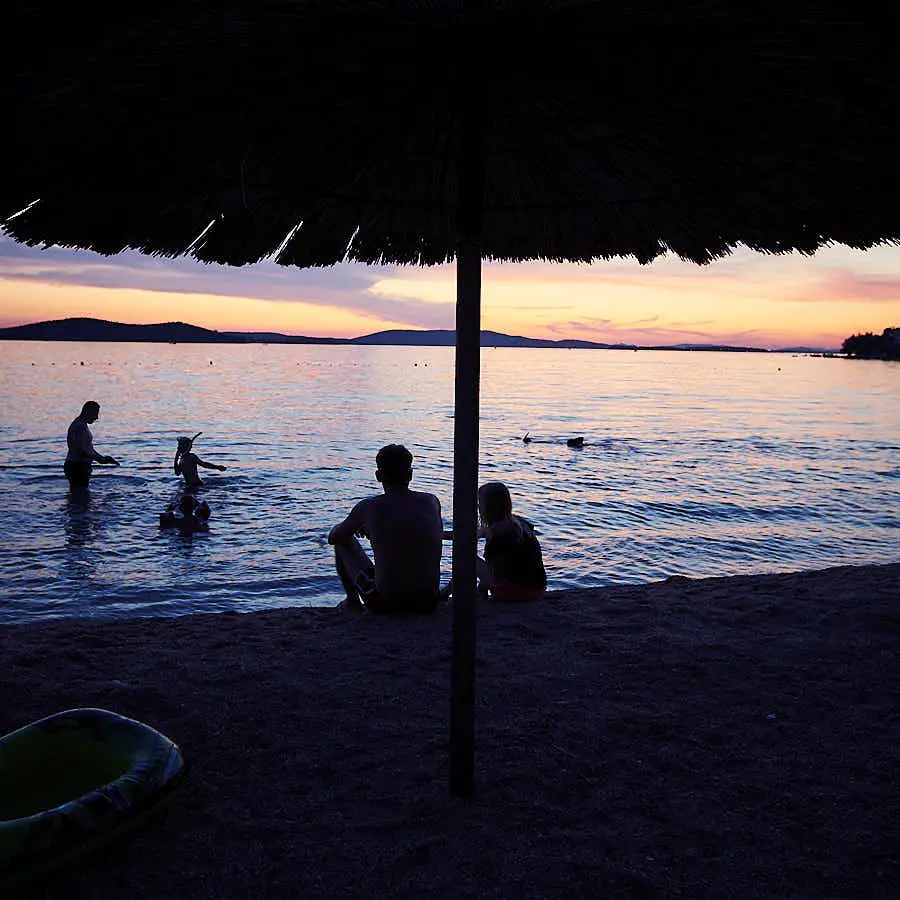
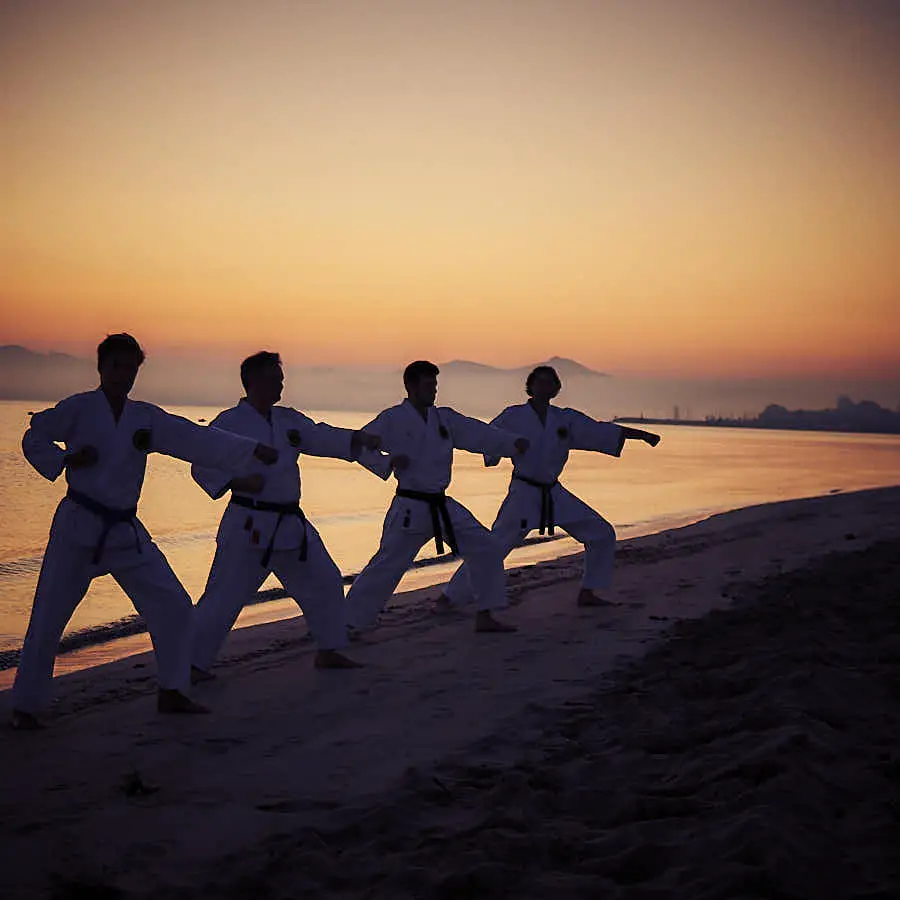



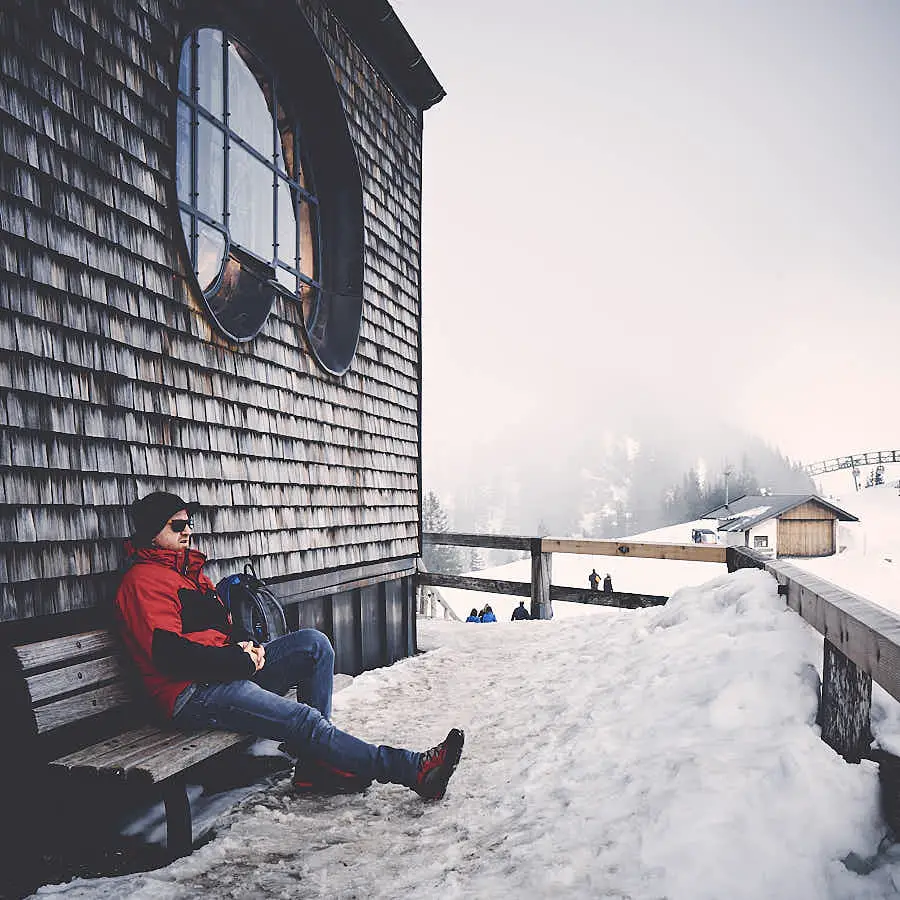

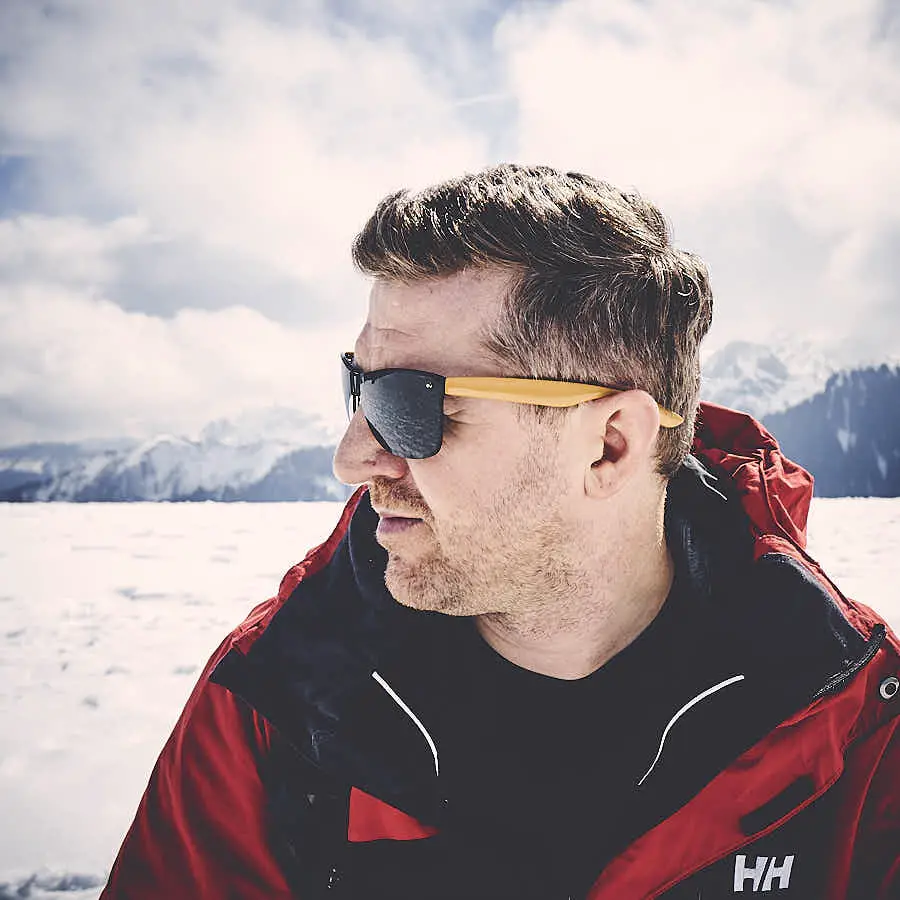
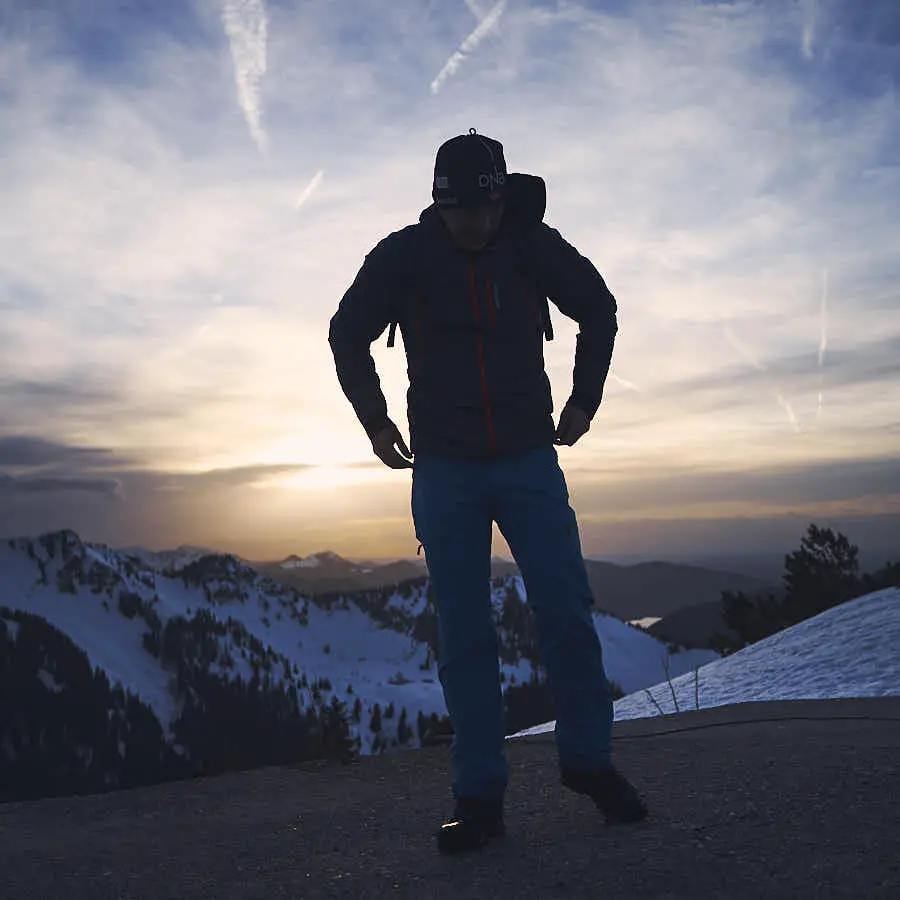
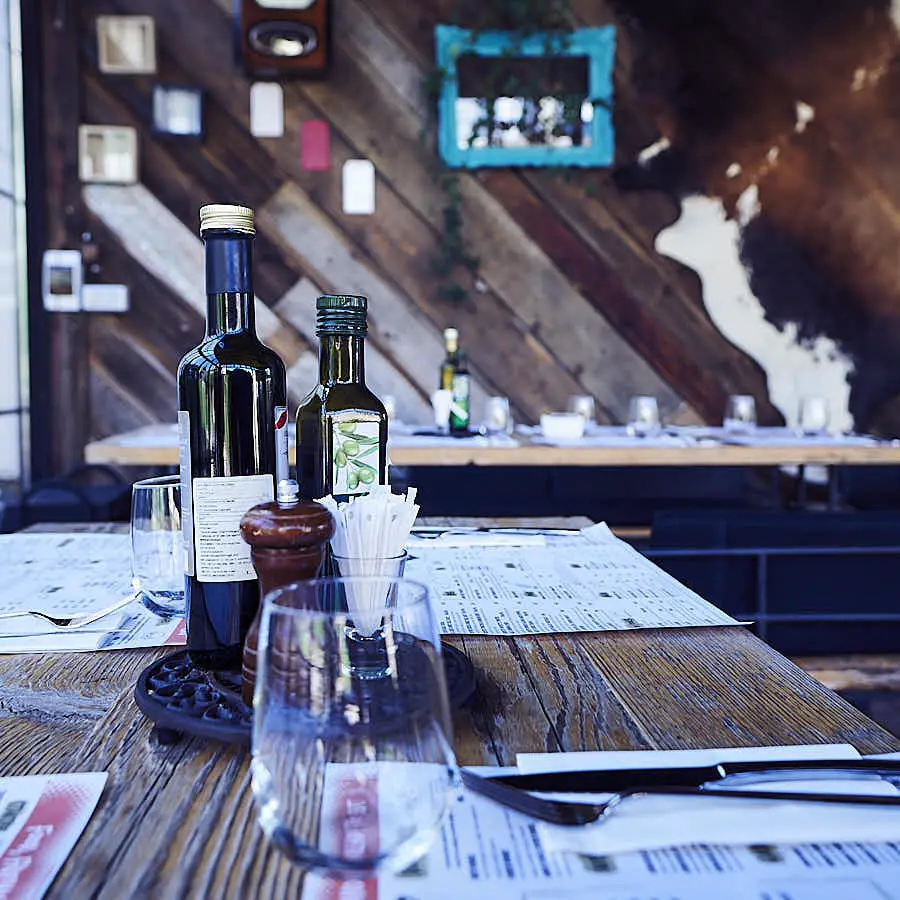
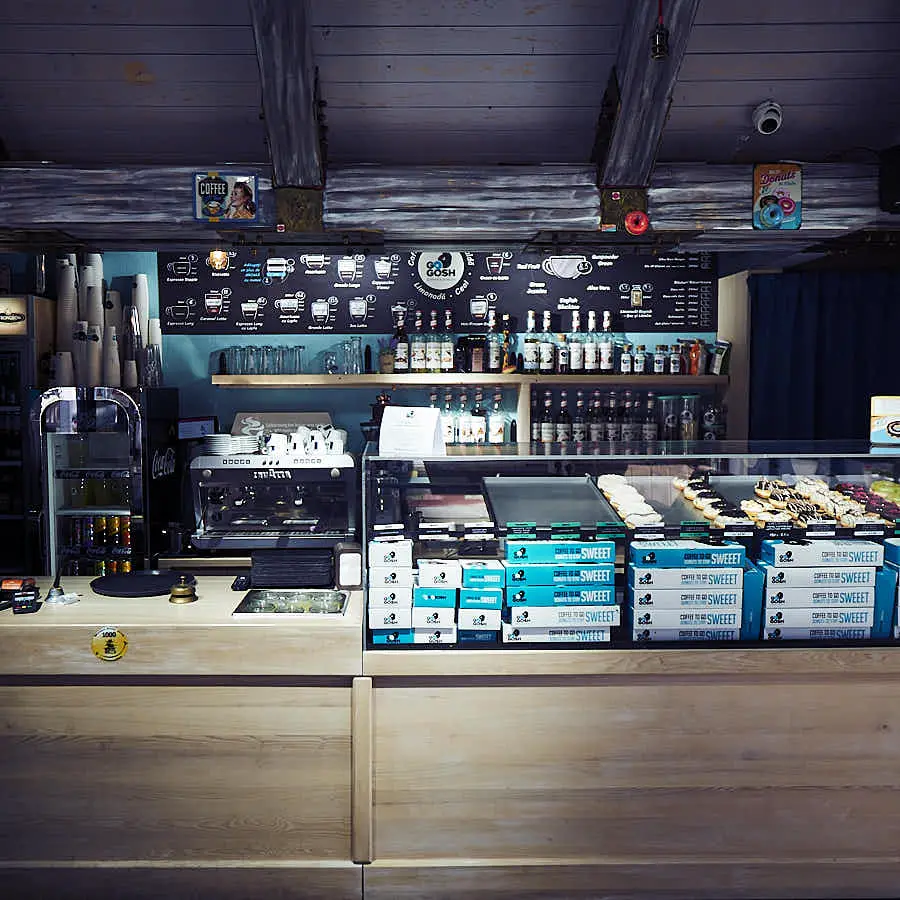
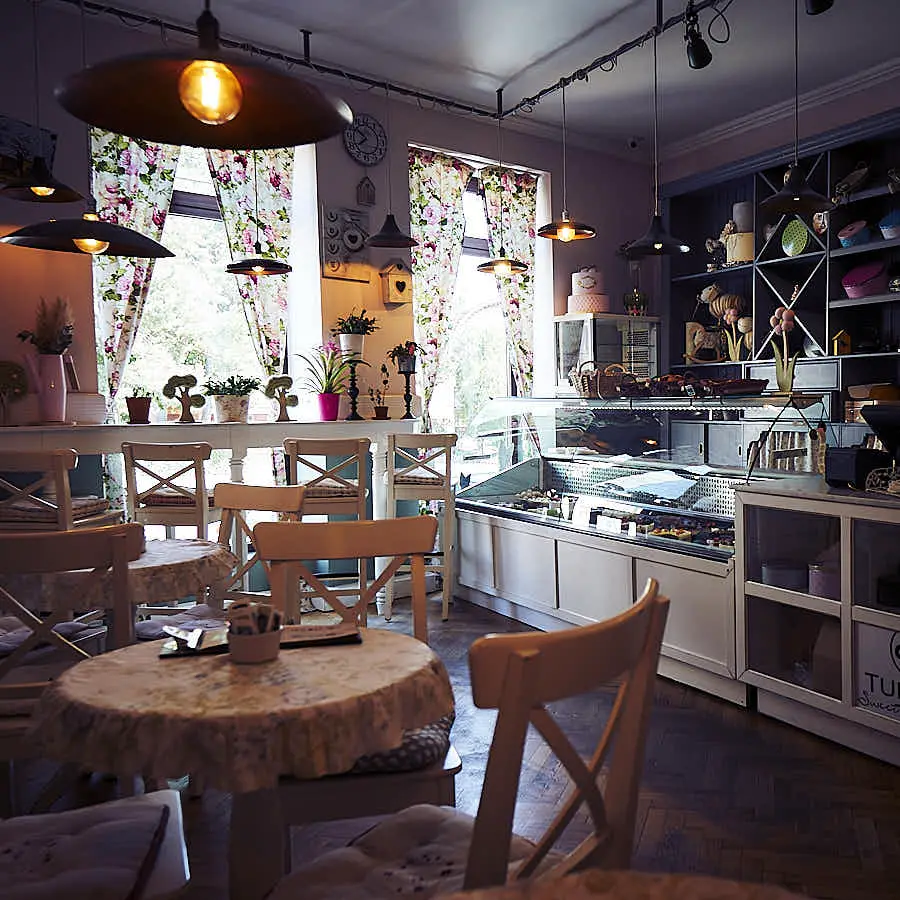
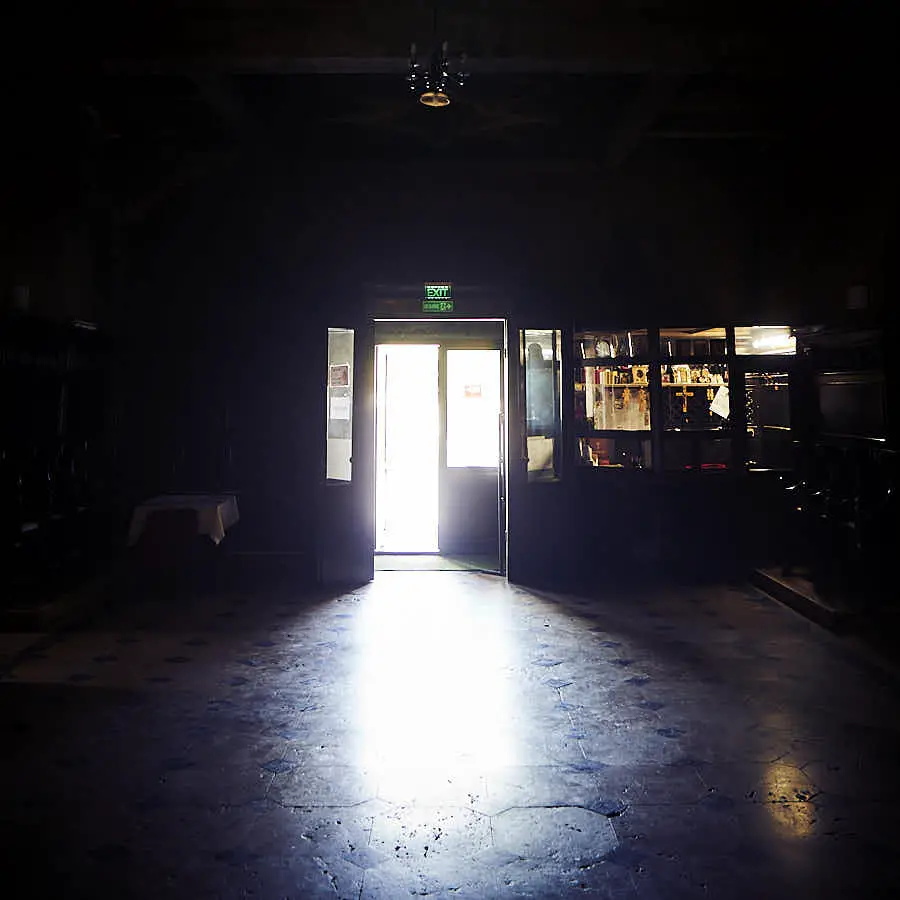
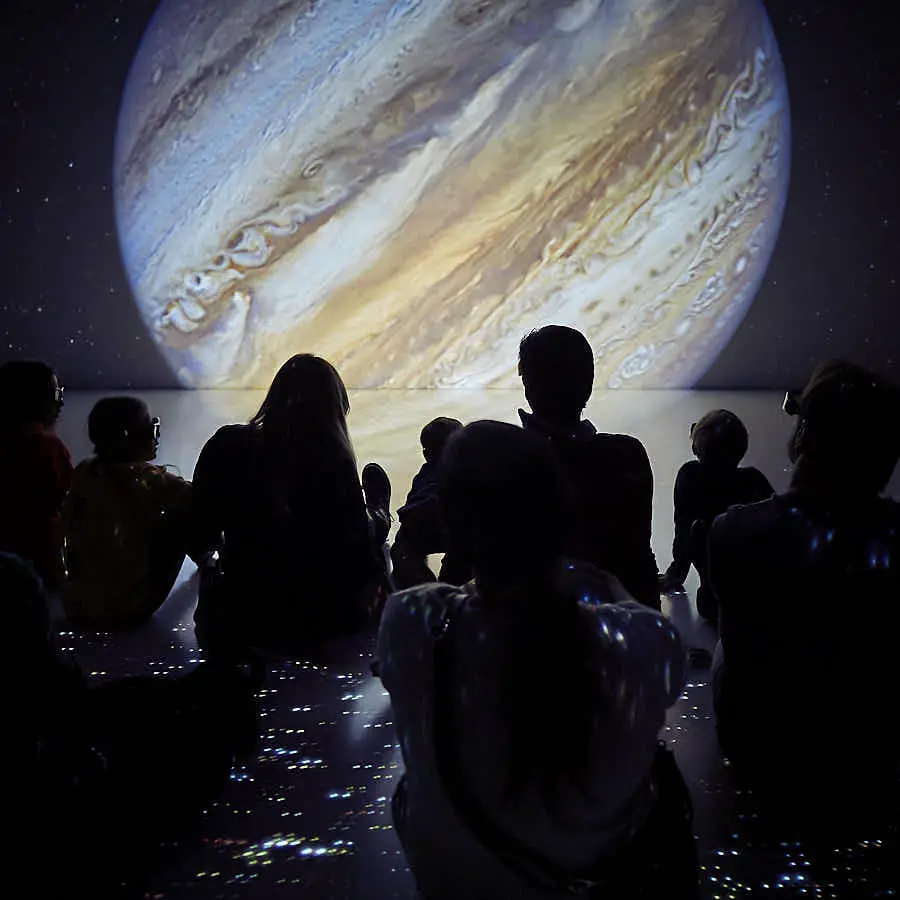
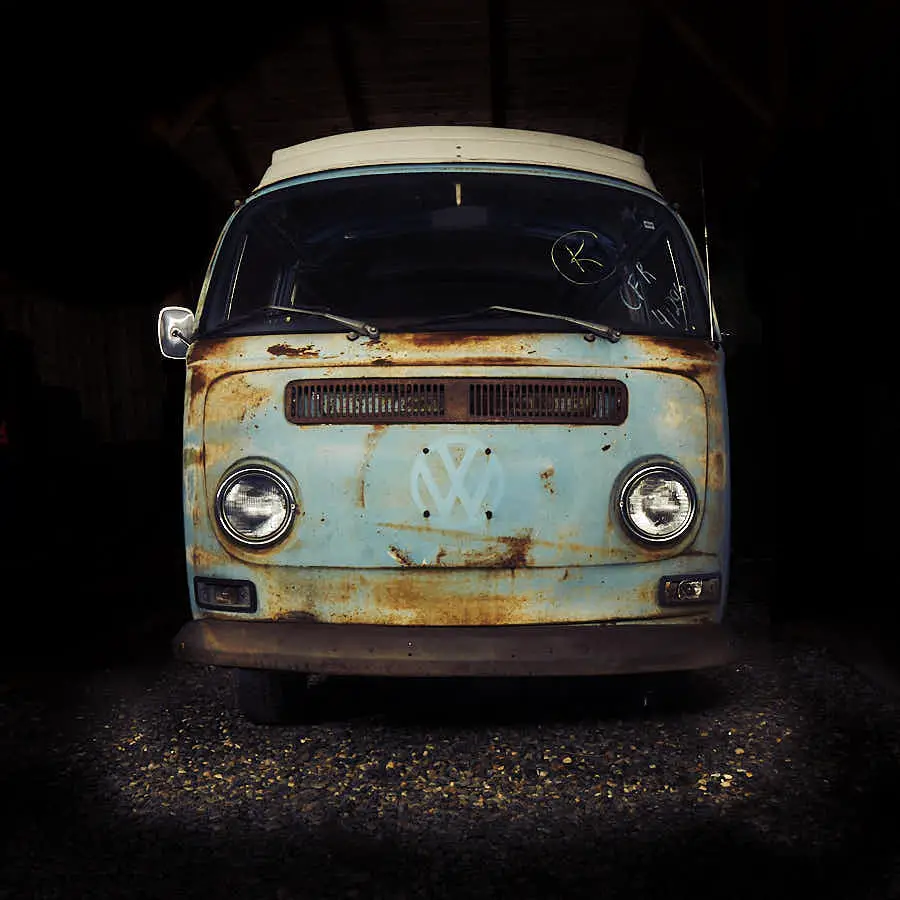
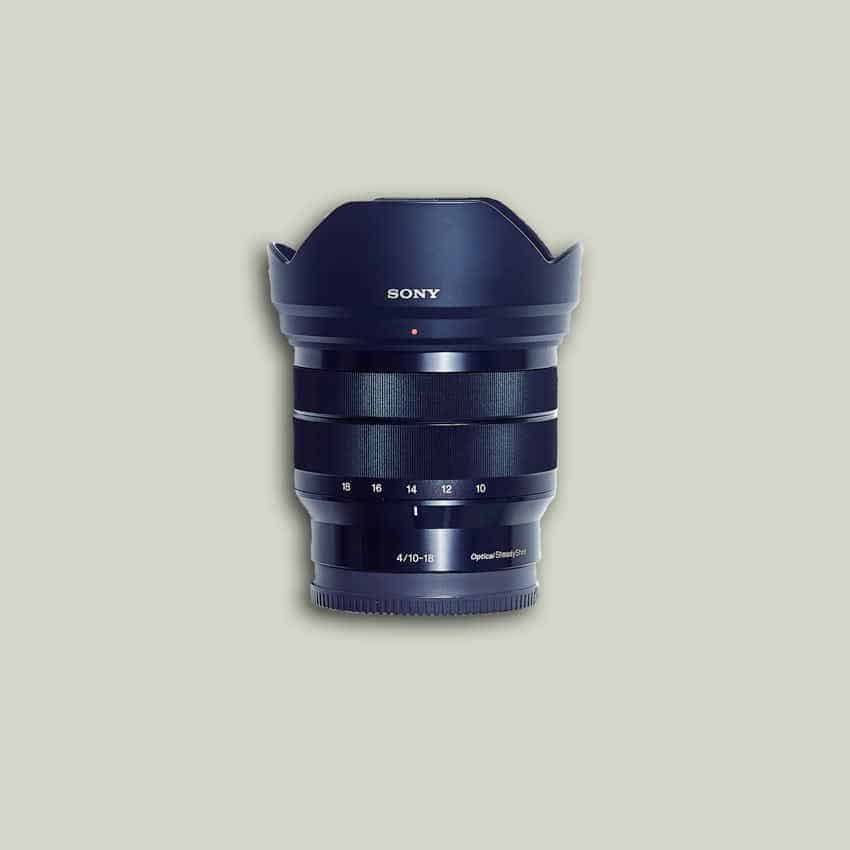
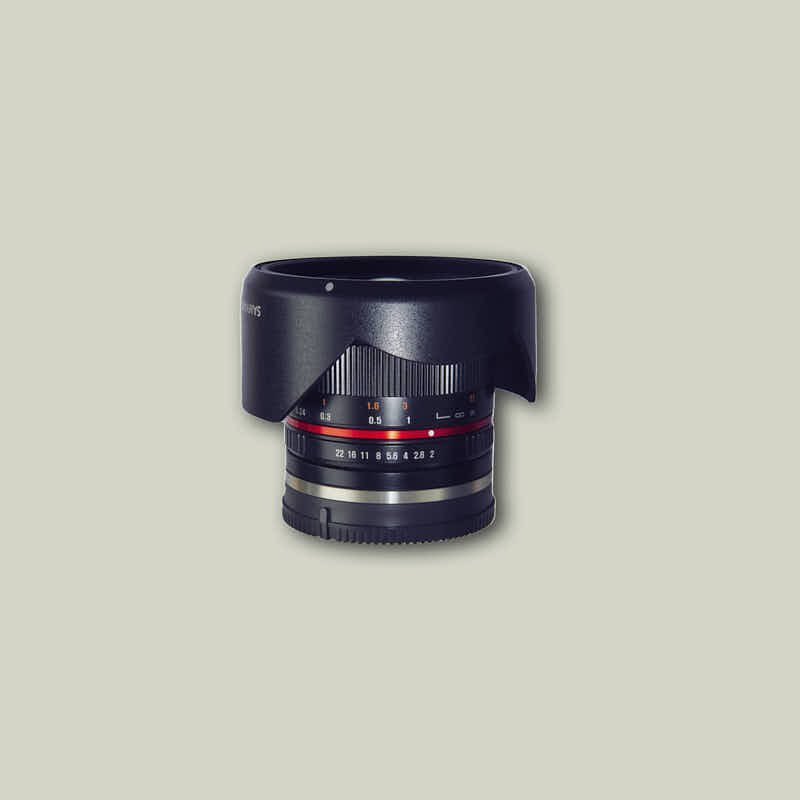

Great review! Also, excellent photo examples.